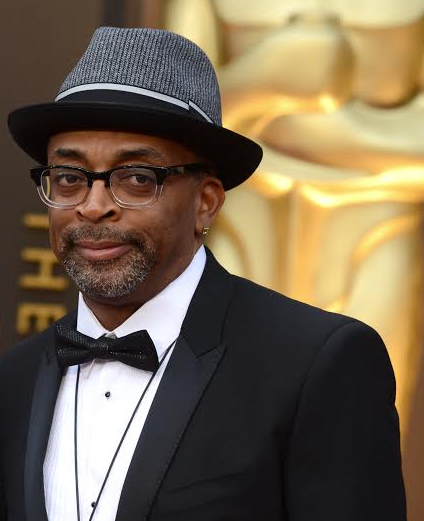OPINION: Spike Lee’s half-right

Recently, Brooklyn-raised filmmaker Spike Lee made waves when he complained about the gentrification of his former neighborhood, Fort Greene, which has a large African-American community.
He complained that the gentrifiers, mainly well-off white residents, have no sense of the area’s culture or history. As an example, he said that for 40 years, people were drumming in Fort Greene Park until some of the newcomers started to complain to police. He also said that one of them complained about his father, a jazz musician, practicing his bass – and it wasn’t even an electric bass, it was an acoustic.
Lee was also angry that because of the newcomers’ ease at complaining to city government, municipal services suddenly improved. In the past, he says, people like his family were often ineffective in getting better services. This, of course, is completely understandable.
